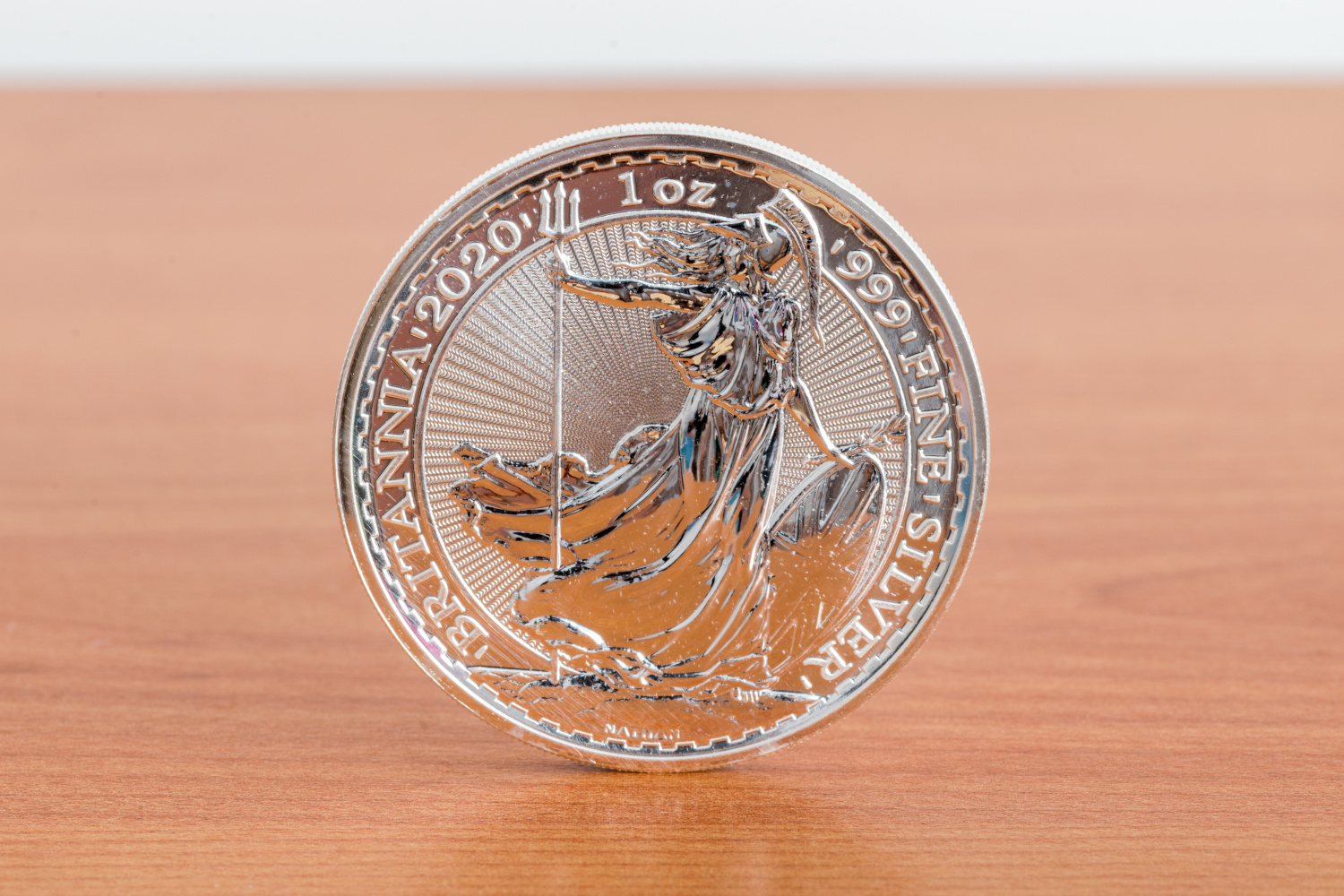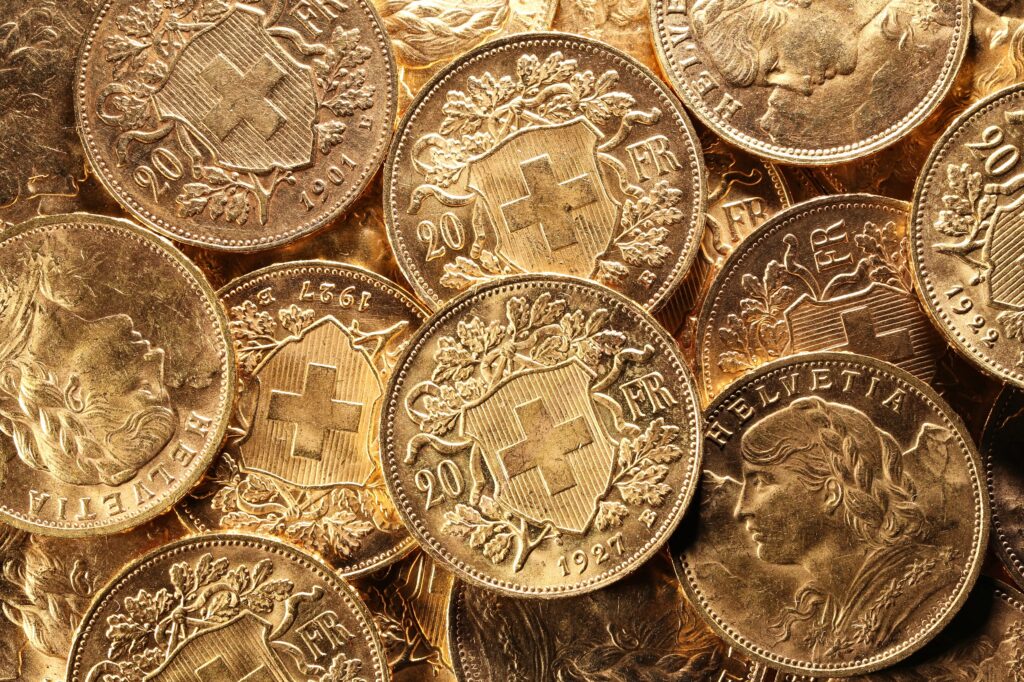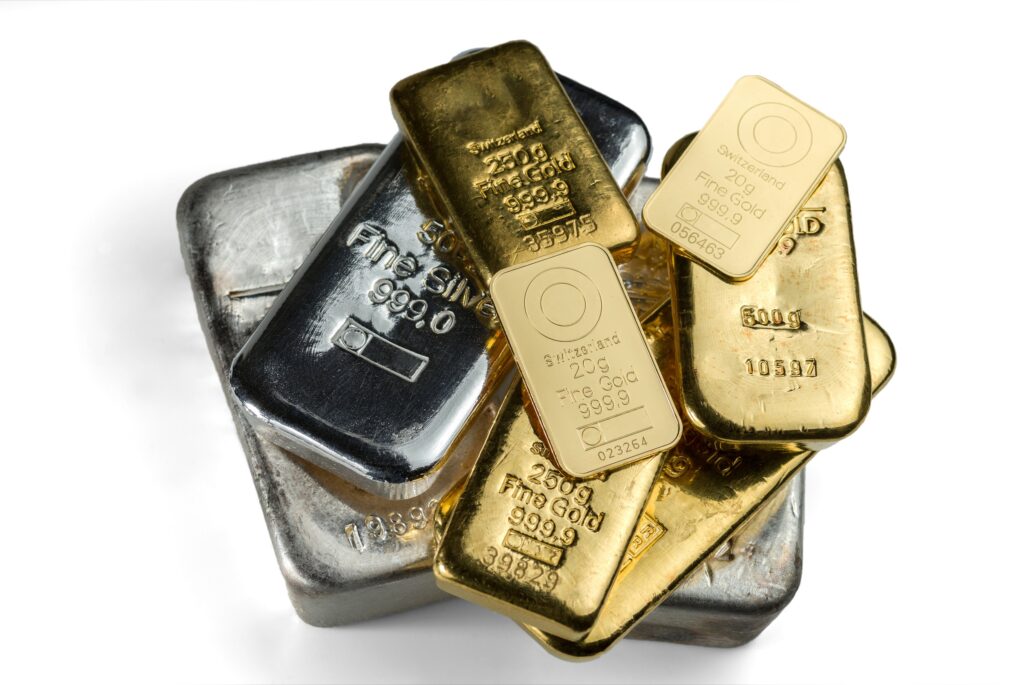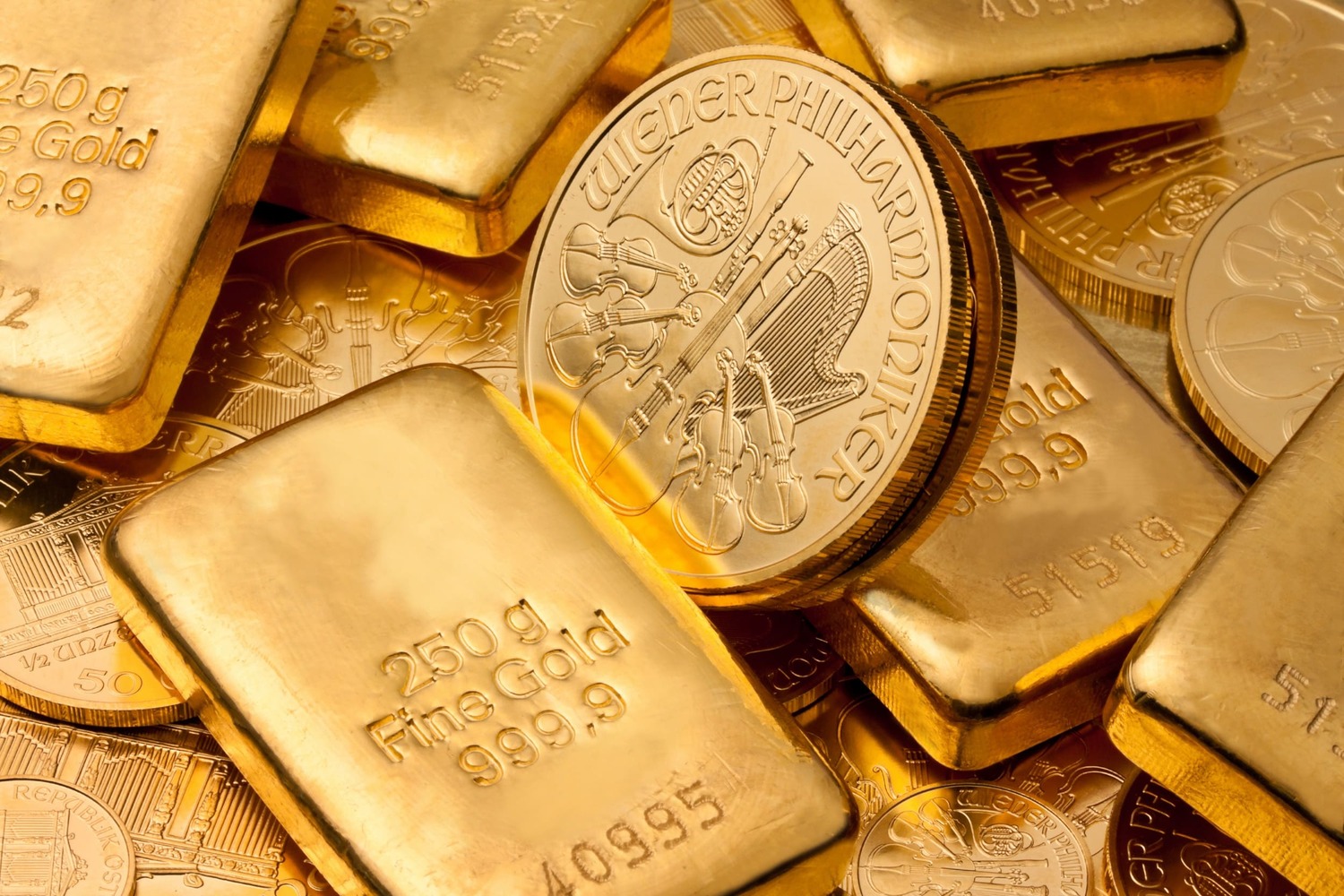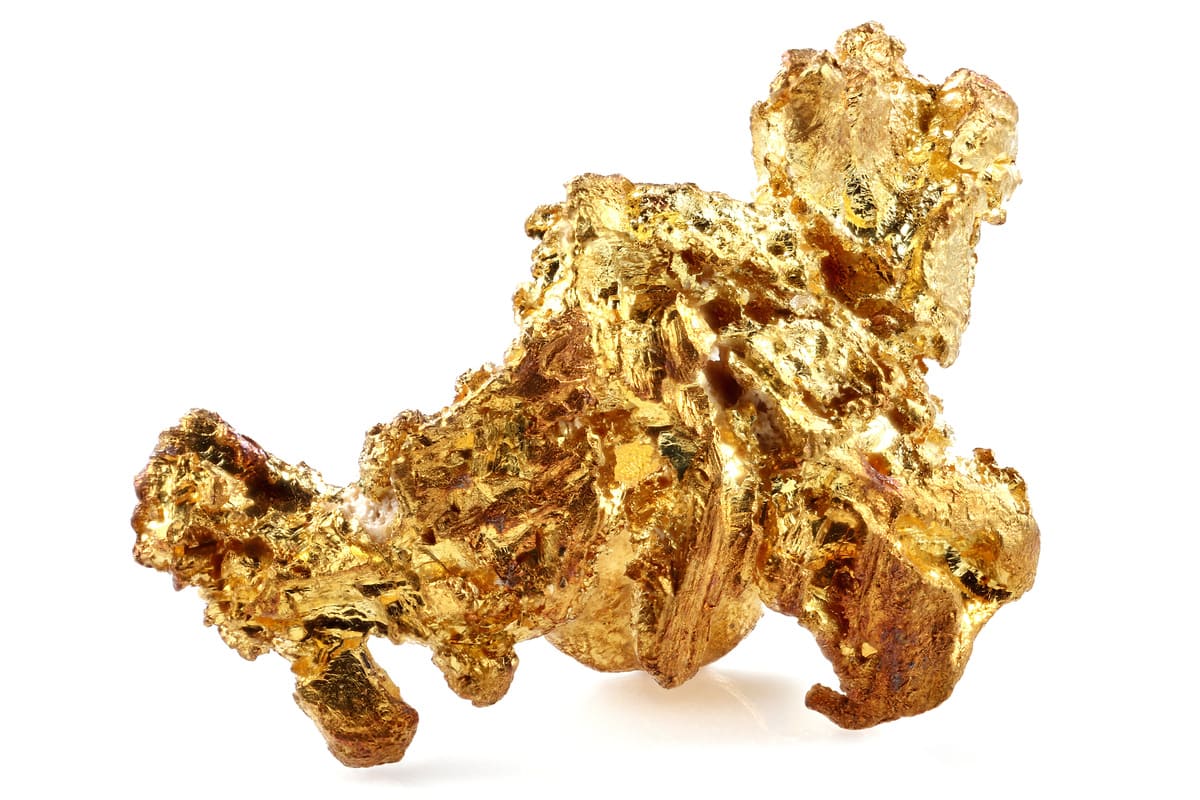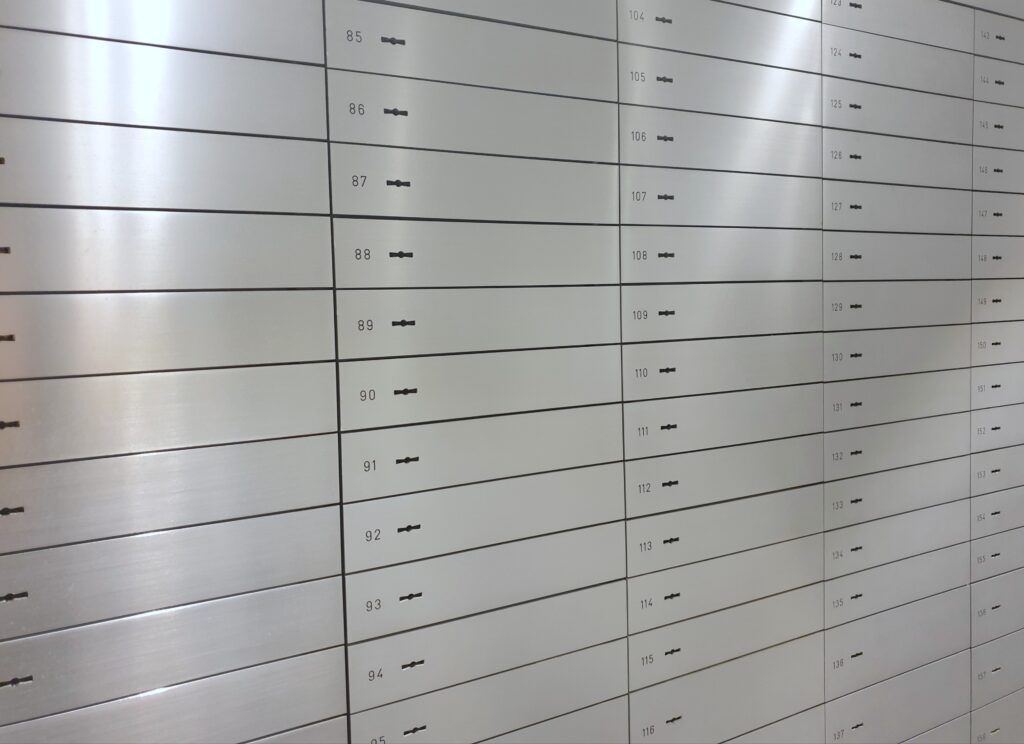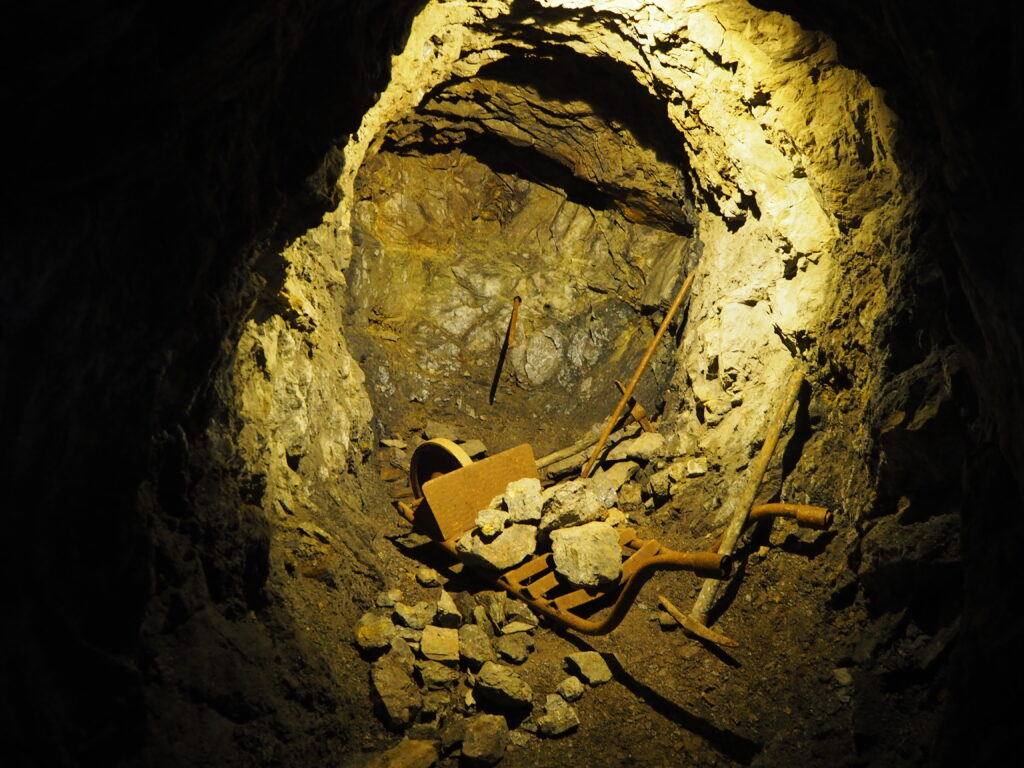Heraeus Precious Metals – a German technology group
Additional information > The fundamentals of precious metals – a broad introduction to the basic principles > Heraeus Precious Metals: Leading industrial precious-metal trader
The first German platinum smelter dates back to 1851
Germany’s Heraeus Precious Metals refinery, one of the world’s largest precious metal smelters, is considered a major player in industrial precious metal. This technology group supplies a wide range of automotive, chemical, semiconductor, medical, jewellery and hydrogen products, plus cast and minted gold bars for the end-customer market. In addition, six other unprocessed industrial precious metals are also produced. Worldwide, the group now has 14 production and recycling locations and five trading outlets.
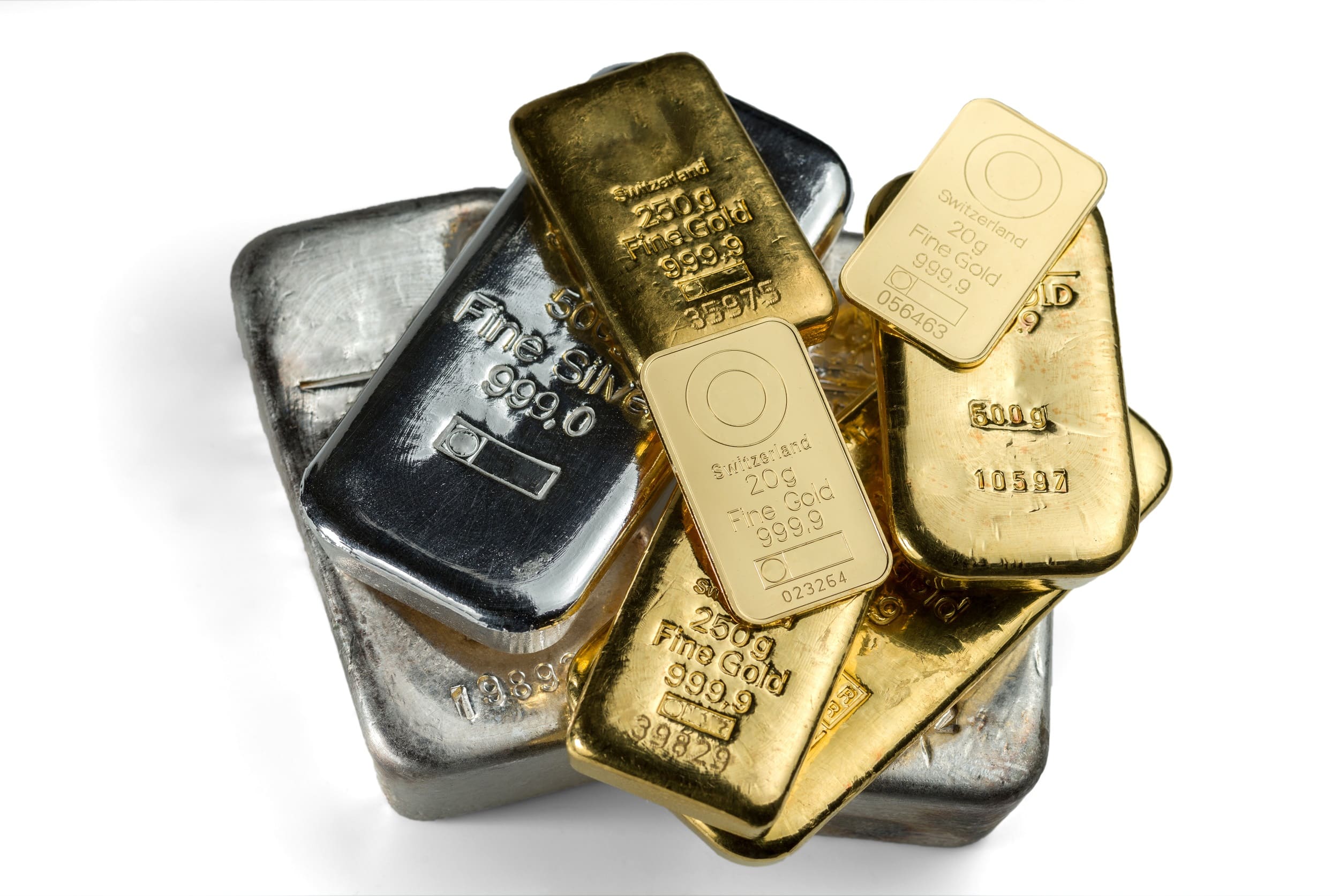
©vladk213 - stock.adobe.com
History: From pharmacy to multinational corporation in 400 years
The Heraeus family business traces its origins back to the 17th century. In October 1660, Isaac Heraeus acquired the Faucque pharmacy in Hanau-Neustadt, in what is now the present-day German state of Hesse. A few years later, the “Zum Weissen Einhorn” pharmacy opened its first store, thus founding one of the oldest pharmacy and business dynasties in the country. From 1694 onwards, Isaac’s son Franz Heraeus supplied fine gold to the city of Hanau for gilding purposes. Until the middle of the 19th century, this Einhorn Pharmacy had been continuously run by six generations of the Heraeus family.
Wilhelm Carl Heraeus developed the first German platinum smelter between 1851 and 1888 and this grey precious metal soon became a sought-after industrial product. From 1889, Heraeus expanded into the American market, annually supplying several hundred kilograms of platinum to this overseas destination. The company continued to focus on research and development, and shortly before the outbreak of the First World War Heraeus employed more than 400 people worldwide.
From 1919 onwards, as the demand for platinum dwindled, succeeding generations of the Heraeus family began to explore and develop new business areas, including new alloys for dentistry and metal processing on an industrial scale. Between 1946 and 1969, Heraeus developed into a global player and even flew to the moon – the company’s laser reflector being a key component deployed for the Apollo 11 mission. By the end of the millennium, Heraeus’ own mission to transform itself into a global technology group was complete. In the years that followed, the group posted record sales and began a further expansion from 2020 onwards utilising targeted acquisitions and investments. The Swiss Argor-Heraeus refinery, which has been part of the Heraeus Group since 2017, employs more than 17,000 people worldwide. Production also takes place in Hong Kong (China), Newark (USA) and Hanau, Germany, which is also the current headquarters of Heraeus Precious Metals.
International precious metal trading
The Heraeus group trades in precious metals worldwide, and thus maintains its trading accreditations at all the most important trading venues. From 1958 to 2018, Heraeus Precious Metals was operating as a full LBMA-certified manufacturer. However, having fully acquired the Swiss subsidiary Argor-Heraeus – specialist precious metal processors in their own right – the group’s precious metal processing capacity is now mostly handled by the Swiss company whose output is likewise manufactured fully in accordance with London Bullion Market Association specifications. Heraeus has been an accredited trader on the COMEX options exchange (CME Group) in New York since 1974, and on the TOCOM in Tokyo since 1982.
Heraeus buys and sells precious metal products manufactured from gold, silver, platinum, palladium, rhodium, ruthenium and iridium. Industrial clients can access the company’s commercial services via the electronic trading platform myheraeus.com. In addition, Heraeus also has a precious metal recycling division, plus a direct sales operation supplying precious metal bars for private customers.
Product ranges for end customers, wholesalers and industrial applications
Heraeus Precious Metals produces and sells cast and minted gold bars for end customers in weights from 1 gram up to 1 kilogram. These products include “Kinebars” with a hologram logo, “CombiBars” (gold bars with predetermined breaking points), and one-gram bars in a round blister card format known as a MultiDisc. In addition, the company produces silver bars from 31.1–15,000 grams, and platinum bars in popular 31.1 and 100-gram versions.
All bars are marked with the classic Heraeus logo: a circular emblem with a hand holding three roses (“Hand mit Rosen”) in the centre. A capital H with serifs serves to represent both the company name and its German location. The logo image is surrounded by the inscription “Heraeus Edelmetalle Hanau” (formerly Heraeus Edelmetalle GmbH) written in capital letters.
Heraeus also produces Good Delivery gold bars in weight units of 100 and 400 ounces for major clients such as central banks and wholesalers. Precious metal sponges and gold granules are also manufactured as intermediate products for jewellery processing and other applications. In addition, Heraeus supplies industrial clients with precious metal compounds, chemical catalysts, dental alloys, high-quality coatings for solar technology, electrical contact materials, laboratory equipment, active pharmaceutical ingredients and much more, all manufactured from seven different metals.
Heraeus Precious Metals: An overview
- The German technology group Heraeus emerged from a small pharmacy business founded in 1660. The first gold alloys were produced in 1694, and Germany’s first platinum smelter was developed in 1851.
- After the Second World War, Heraeus Precious Metals became a global player and its patent laser measuring device was used during the Apollo 11 moon mission. Record sales and strategic company acquisitions then followed.
- Today, Heraeus based in Hanau, Hesse (Germany) – alongside its subsidiaries in Switzerland, China and the USA – is one of the largest precious metal smelters in the world and a renowned leader in industrial precious metal trading.
- The group produces precious metals from gold, silver, platinum, palladium as well as rhodium, ruthenium and iridium, to supply end customers and major clients, as well as to meet numerous industrial requirements.
- The Heraeus Group employs more than 17,000 people worldwide.


